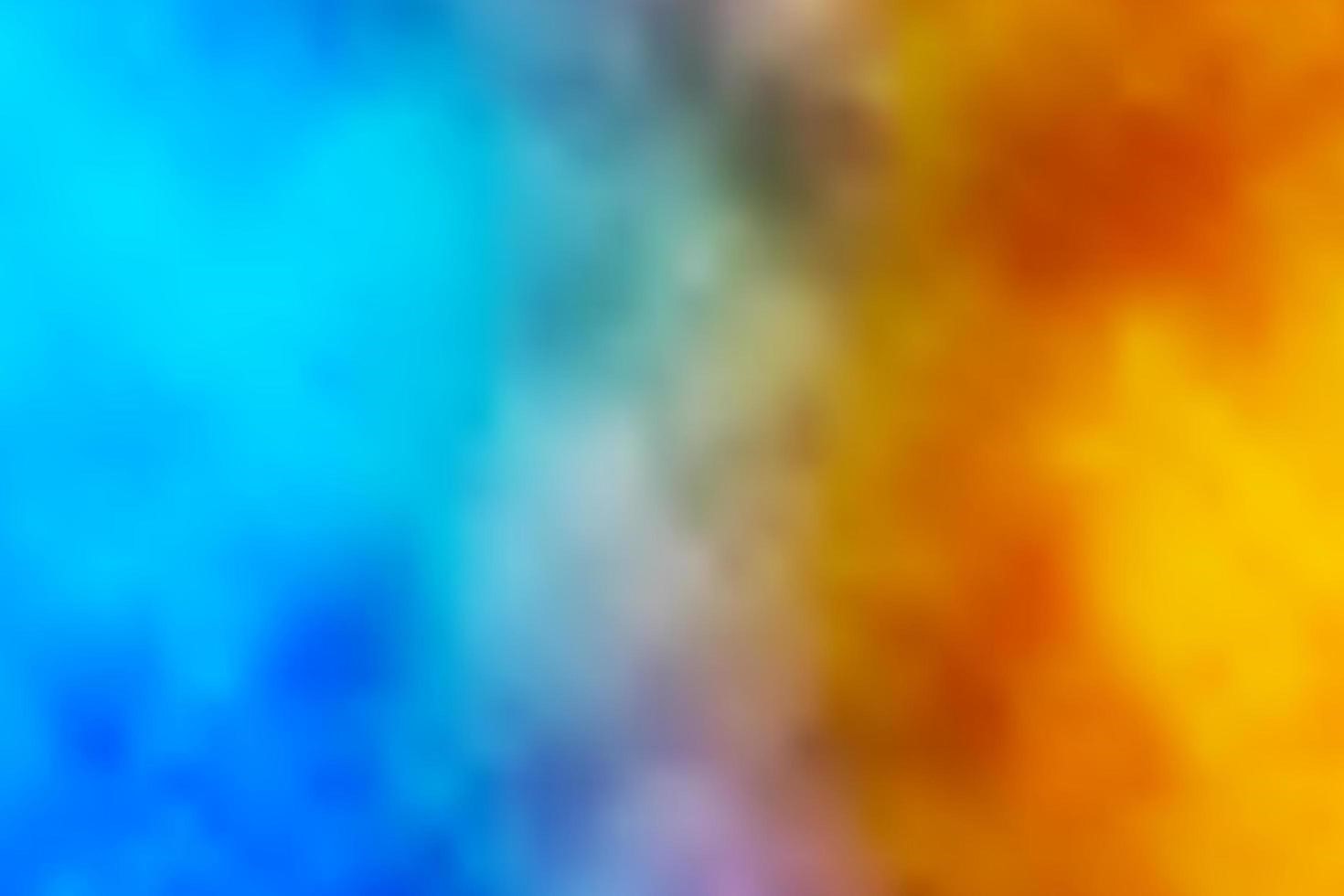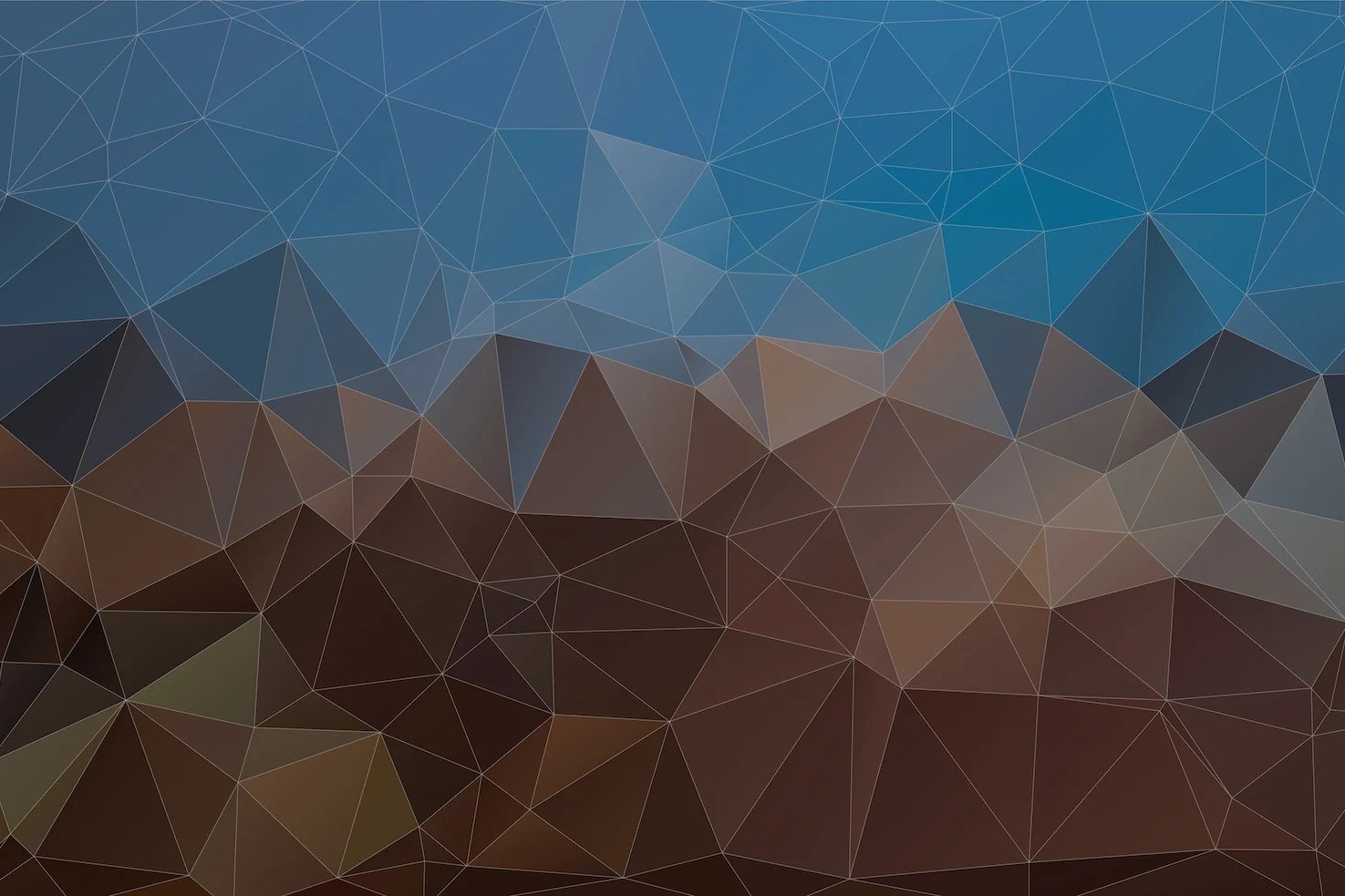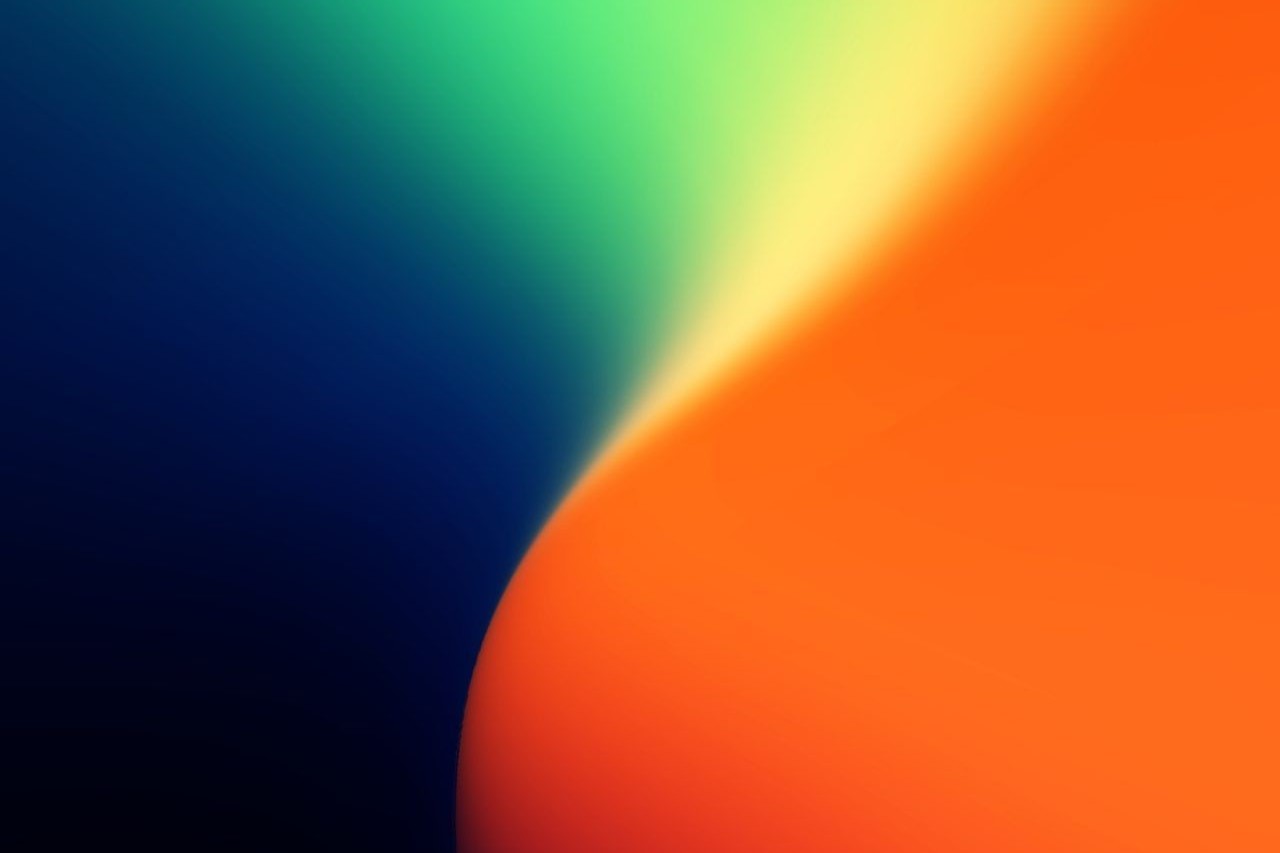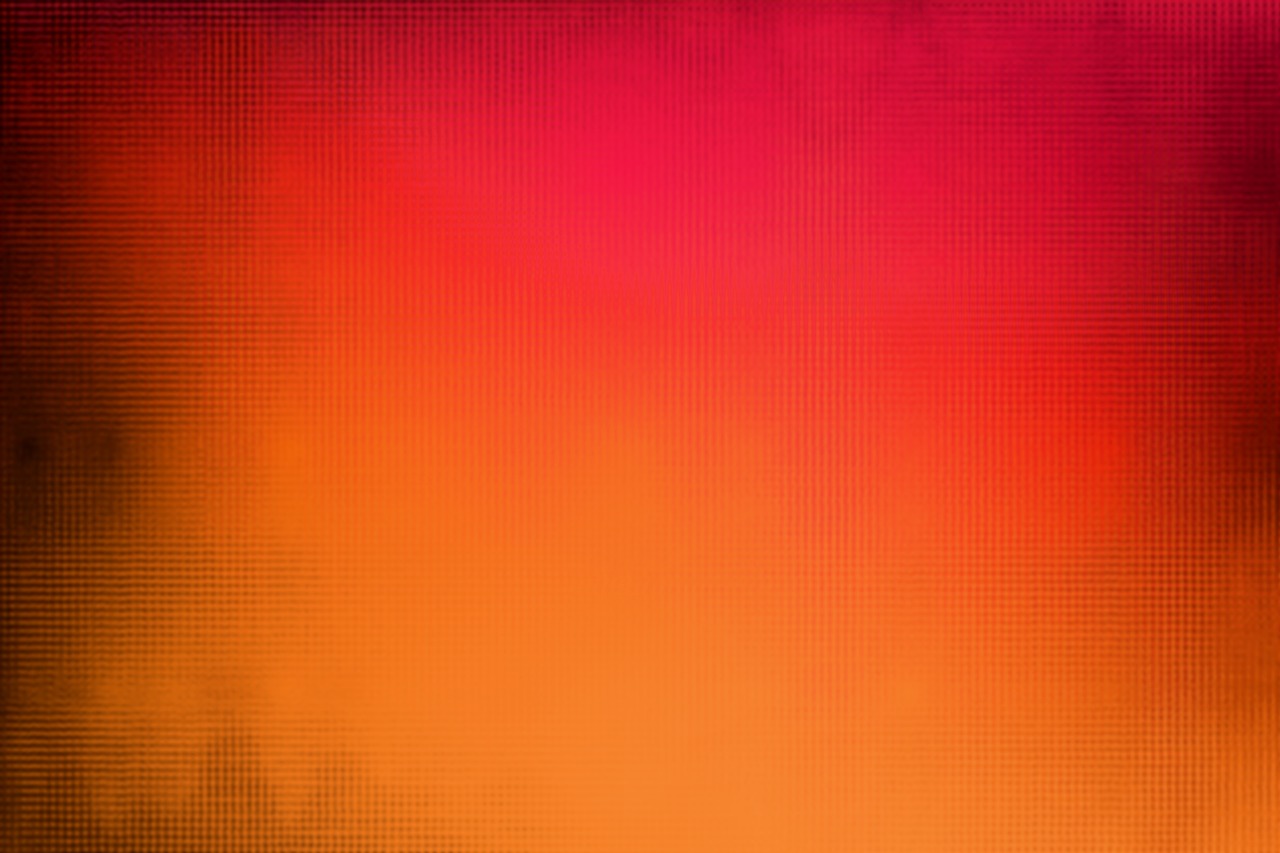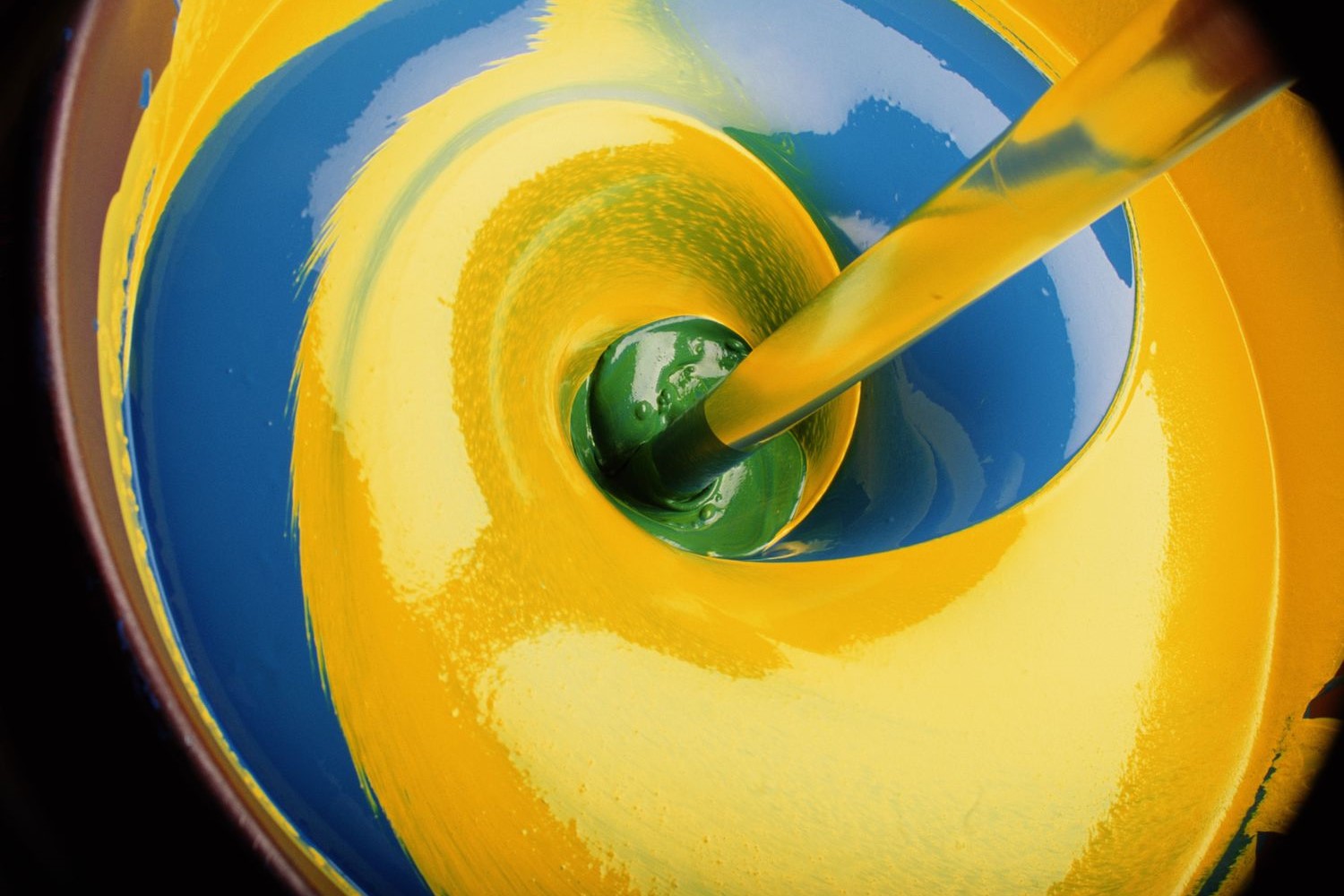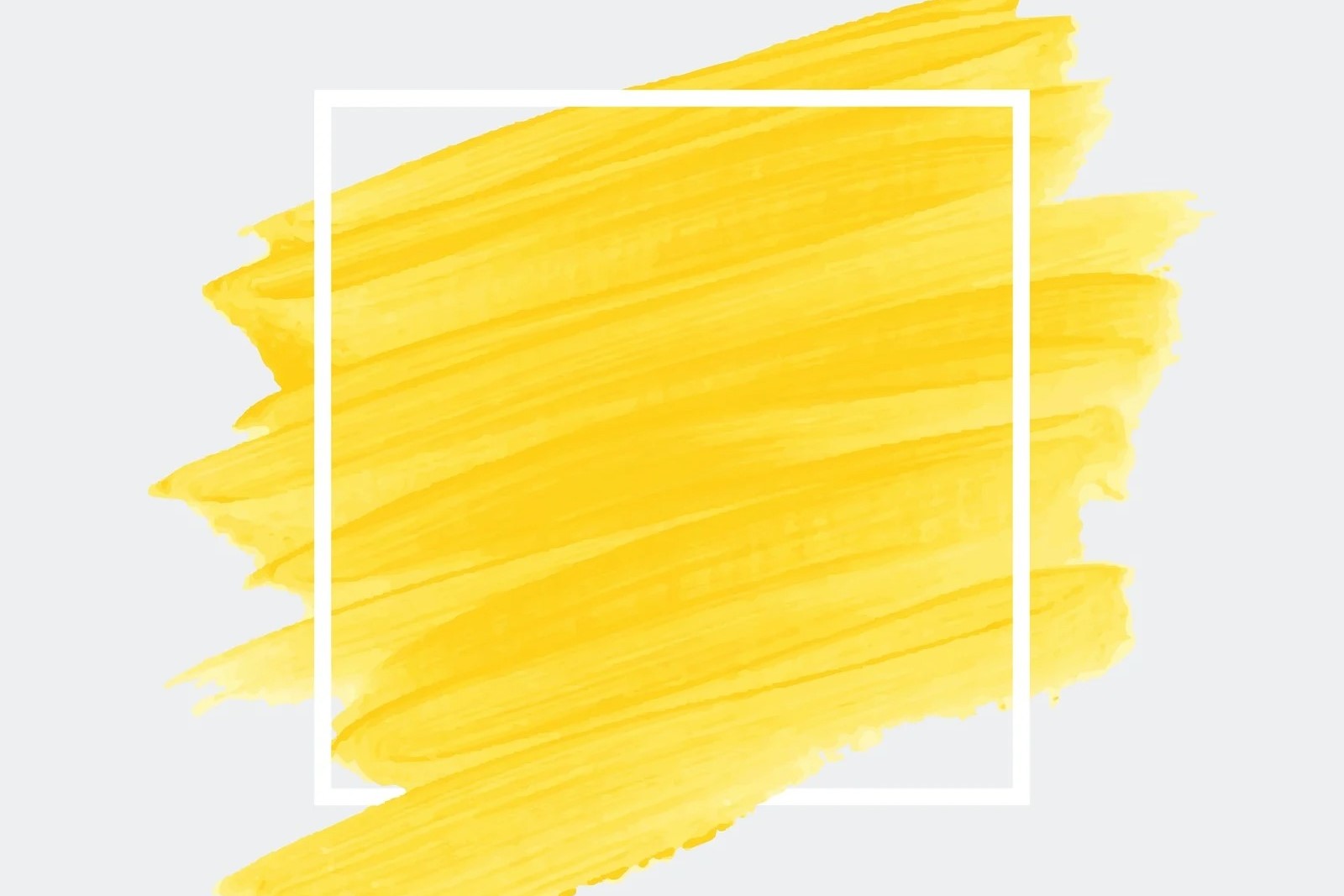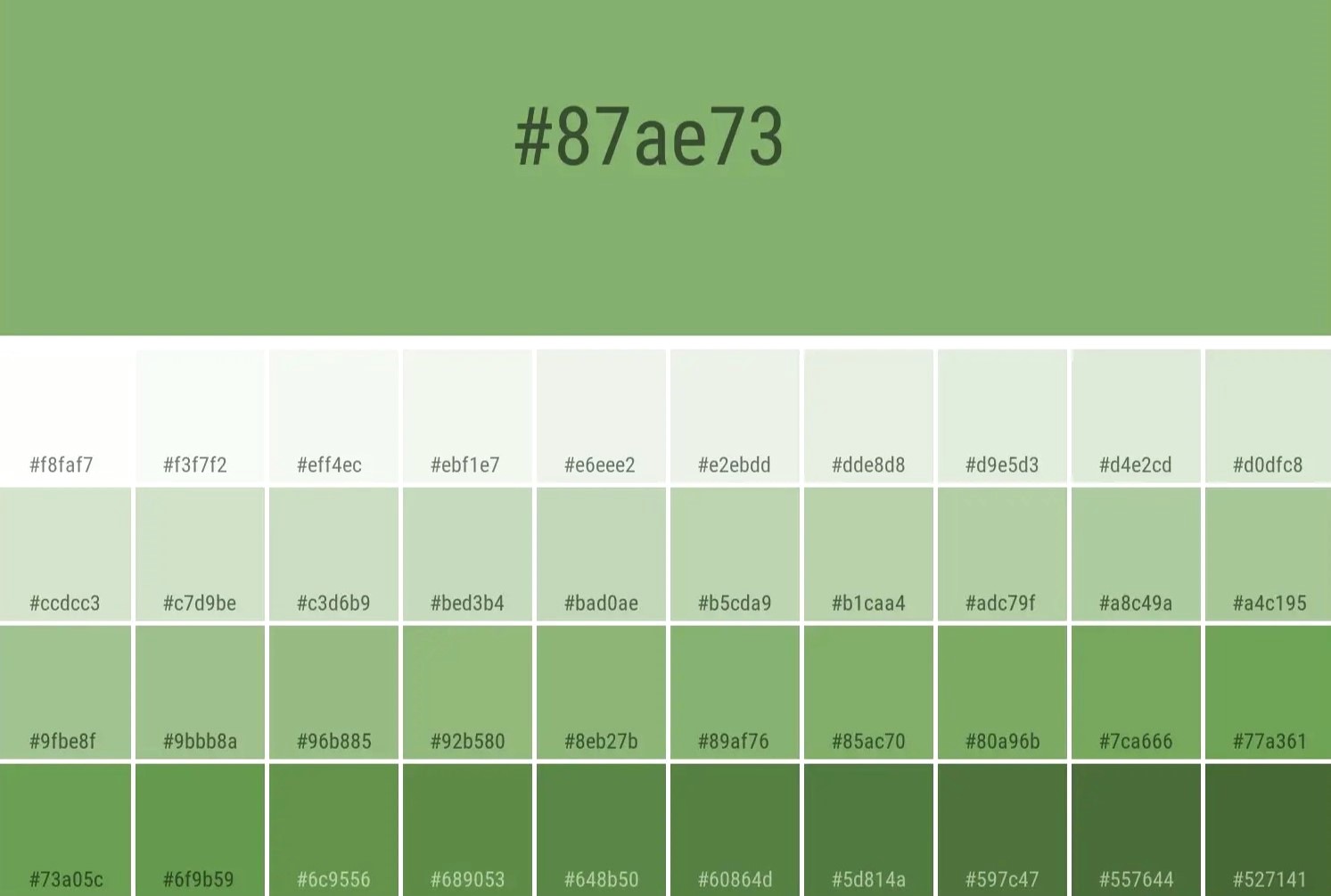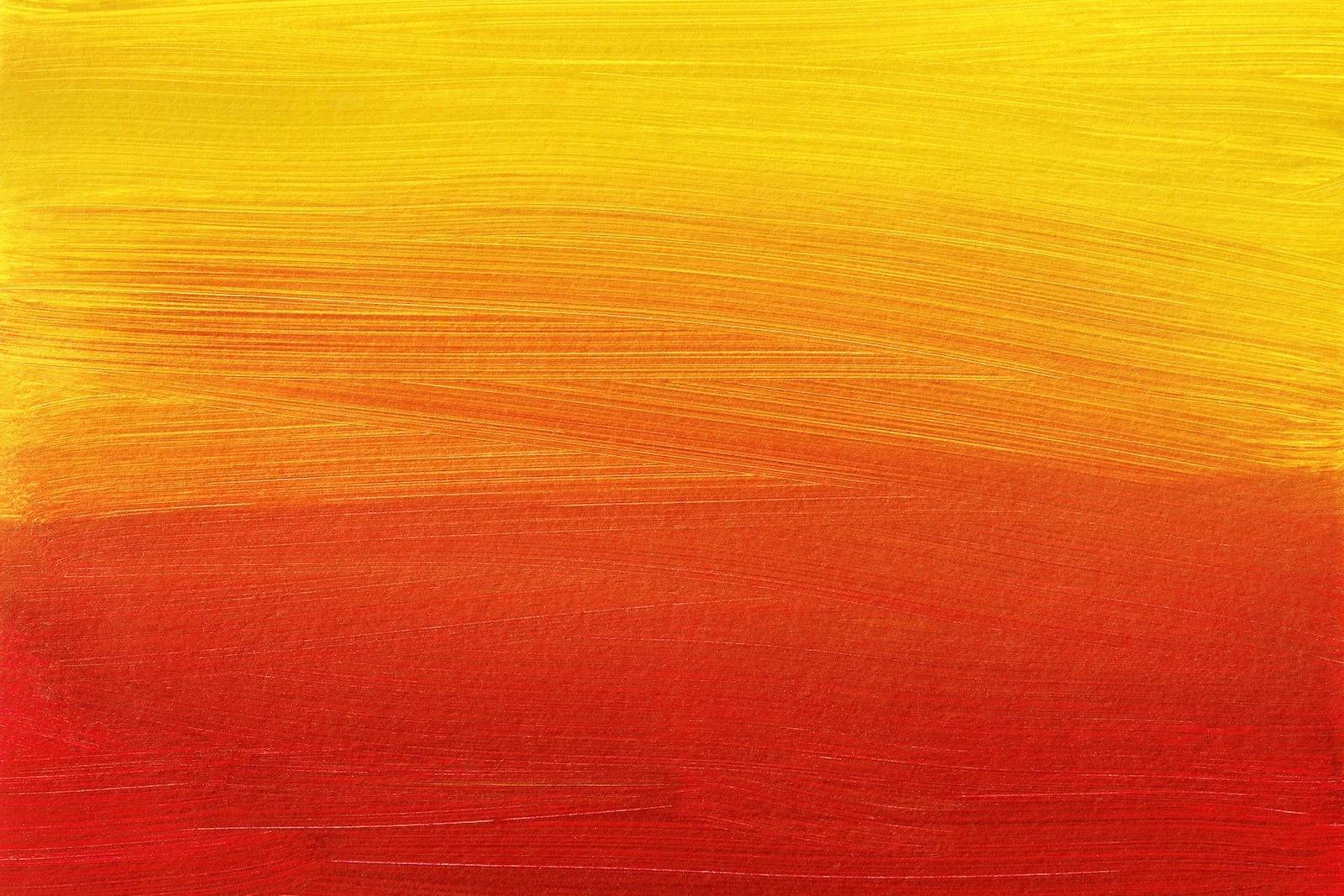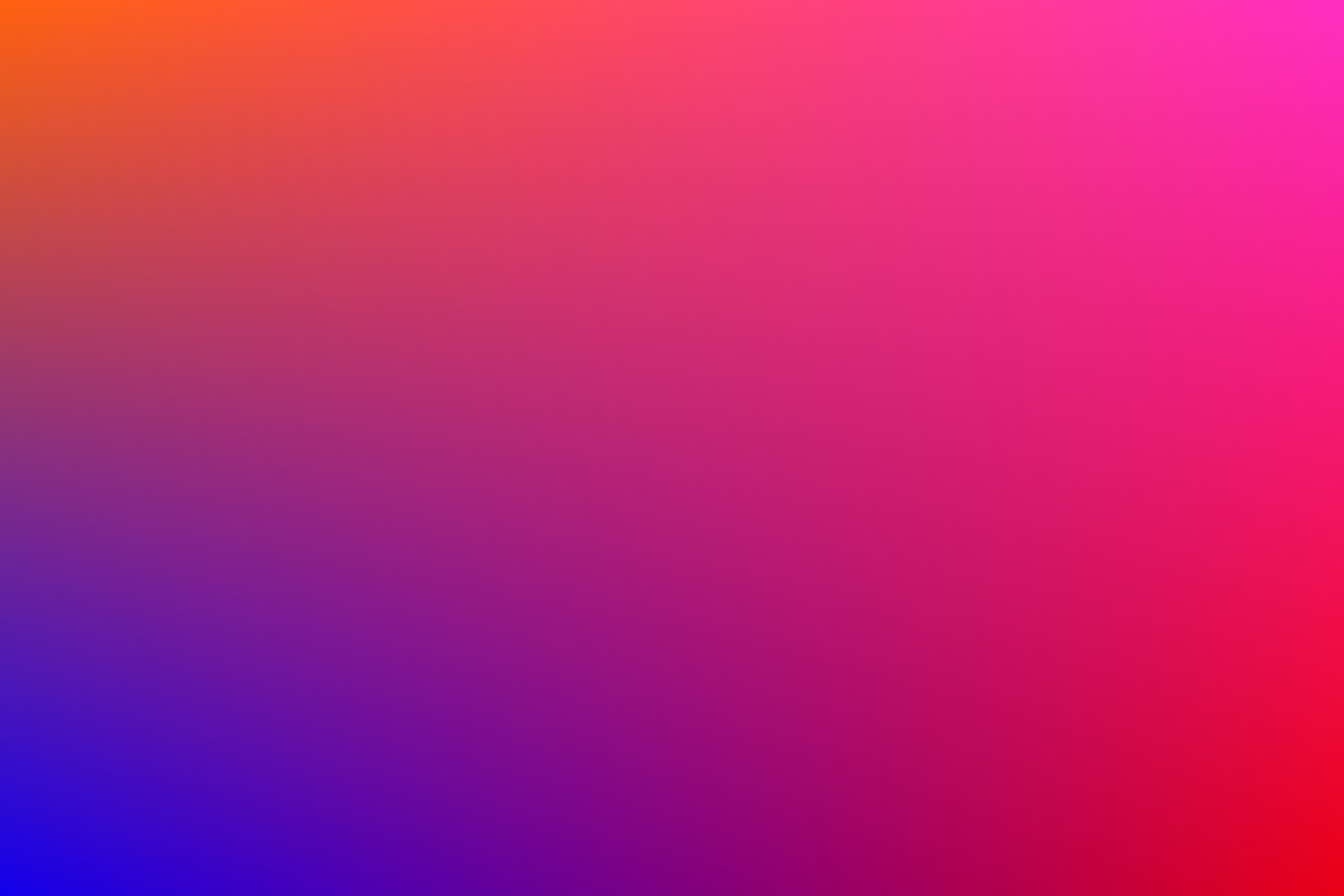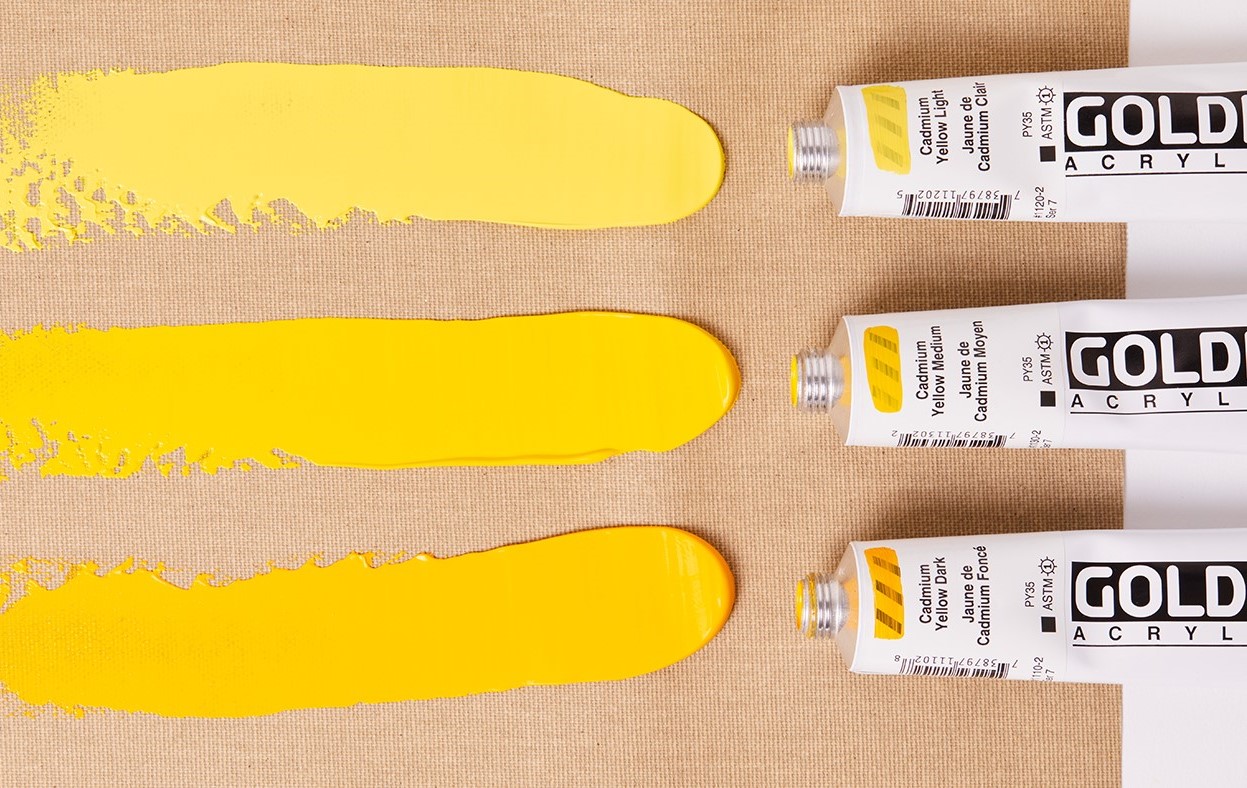Home>Arts and Culture>How To Mix Colors To Create Orange
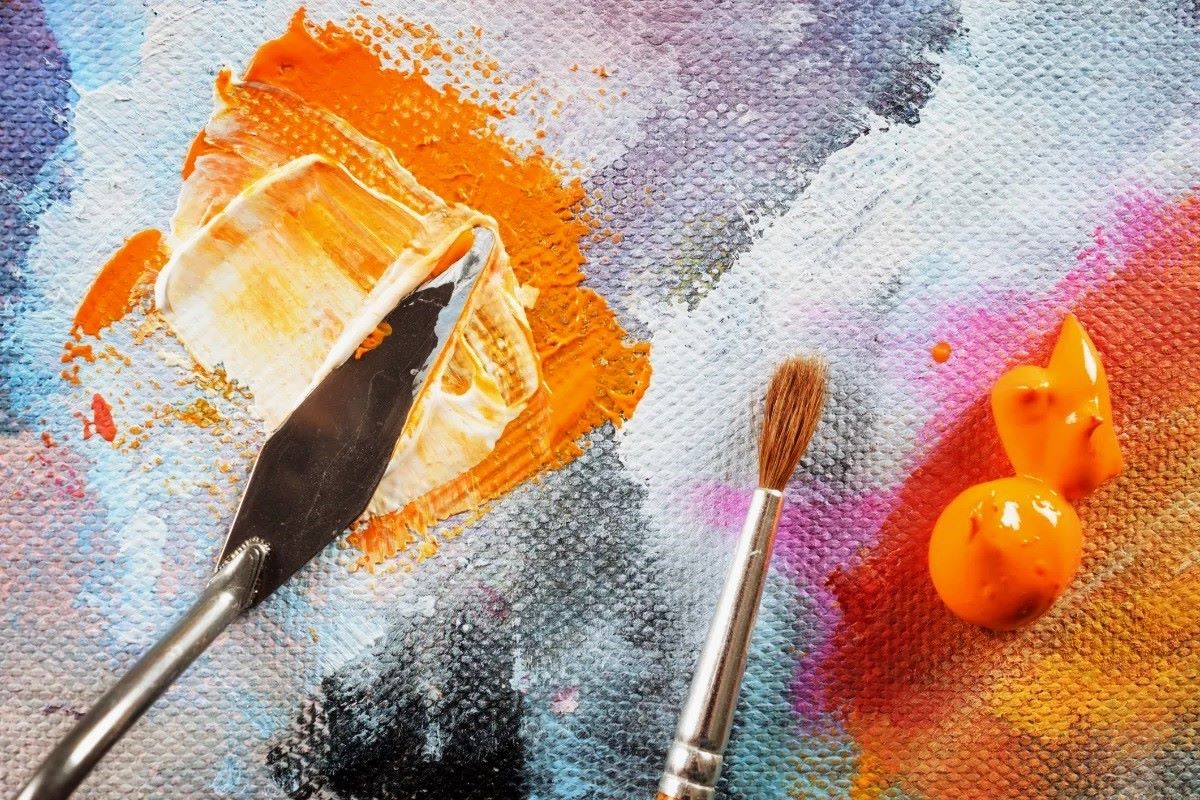

Arts and Culture
How To Mix Colors To Create Orange
Published: March 1, 2024
Learn how to mix colors to create the vibrant hue of orange in your artwork. Explore the art of color blending and enhance your arts and culture projects.
(Many of the links in this article redirect to a specific reviewed product. Your purchase of these products through affiliate links helps to generate commission for Noodls.com, at no extra cost. Learn more)
Table of Contents
Introduction
Color mixing is an art form that allows us to create a myriad of beautiful hues and shades. Among the vast spectrum of colors, orange stands out as a vibrant and captivating hue that exudes warmth and energy. Whether you're an aspiring artist, a DIY enthusiast, or simply someone with a penchant for creativity, mastering the art of mixing colors to create orange can open up a world of possibilities.
In this comprehensive guide, we will delve into the fascinating realm of color theory and explore the intricate process of blending primary and secondary colors to achieve the perfect shade of orange. By understanding the fundamental principles of the color wheel and the interplay of primary hues, you will gain valuable insights into the art of color mixing.
Join us on this colorful journey as we unravel the secrets of creating captivating shades of orange that can breathe life into your artistic endeavors and add a touch of vibrancy to your everyday experiences. Whether you're aiming to paint a stunning sunset, revamp your living space with a splash of warm tones, or experiment with new artistic techniques, mastering the art of mixing colors to create orange is a skill that promises endless creative possibilities.
Read more: How To Mix Colors To Create Green
Understanding the Color Wheel
The color wheel serves as a fundamental tool for artists, designers, and anyone with an interest in color theory. It is a visual representation of the relationships between colors, showcasing their harmonious blends and contrasting combinations. By familiarizing ourselves with the color wheel, we gain valuable insights into the principles of color mixing and the dynamic interplay of hues.
Primary Colors
At the core of the color wheel lie the primary colors: red, blue, and yellow. These hues are considered the building blocks of all other colors and cannot be created by mixing other colors together. Instead, they serve as the foundation for the entire spectrum of hues, making them essential components in the art of color mixing.
Secondary Colors
Adjacent to the primary colors on the wheel are the secondary colors: orange, green, and purple. These hues are formed by blending together pairs of primary colors. For instance, mixing red and yellow yields orange, while combining blue and yellow results in green. Understanding the relationship between primary and secondary colors is crucial for achieving the desired shades and tones when mixing colors to create orange.
Tertiary Colors
Beyond the primary and secondary colors, the color wheel also encompasses tertiary colors, which are the product of mixing a primary color with an adjacent secondary color. This results in a diverse range of hues such as red-orange, yellow-green, and blue-violet. Tertiary colors offer a nuanced spectrum of shades that can be harnessed to achieve subtle variations in the creation of orange.
Read more: How To Mix Colors To Create Red
Complementary Colors
Complementary colors, positioned directly opposite each other on the color wheel, offer a striking contrast when paired together. For orange, its complementary color is blue. Utilizing complementary colors in color mixing can create dynamic visual effects and enhance the vibrancy of orange hues.
By grasping the intricacies of the color wheel and the relationships between different hues, artists and enthusiasts can elevate their color mixing skills and embark on a journey of boundless creativity. The color wheel serves as a guiding compass, steering us toward harmonious color combinations and empowering us to unleash the full potential of orange and its captivating allure.
Mixing Primary Colors
The process of mixing primary colors is a foundational aspect of color theory, serving as the cornerstone for creating a diverse array of secondary and tertiary hues. When it comes to producing the vibrant shade of orange, the strategic blending of primary colors is essential.
Red and Yellow: The Dynamic Duo
To embark on the journey of creating orange, we turn our attention to the dynamic interplay between red and yellow. These two primary colors, when combined in the right proportions, yield the radiant and captivating hue of orange. The key lies in achieving the perfect balance between the intensity of red and the luminosity of yellow, allowing them to harmonize and converge into a harmonious blend.
Understanding Proportions
The art of mixing primary colors to create orange hinges on understanding the significance of proportions. By gradually introducing yellow into red or vice versa, one can observe the gradual transformation of the mixture from the original hues to the emergence of vibrant orange. Experimenting with different ratios of red to yellow offers a spectrum of orange shades, ranging from deep, fiery tones to softer, more subdued variations.
Read more: How To Mix Colors To Create Blue
Embracing Creativity and Experimentation
While the foundational principles of color theory provide a guiding framework, the process of mixing primary colors is also a realm of boundless creativity and experimentation. Artists and enthusiasts are encouraged to embrace the fluidity of color mixing, allowing intuition and artistic sensibilities to guide the journey toward discovering unique and captivating shades of orange.
The Art of Gradual Blending
As the primary colors converge, it is essential to embrace the art of gradual blending. This involves patiently and methodically integrating the hues, ensuring a seamless transition from red and yellow to the emergence of the desired orange shade. By exercising patience and precision, one can achieve a rich and vibrant orange that embodies the essence of warmth and vitality.
Harnessing the Power of Primary Colors
In essence, the process of mixing primary colors to create orange encapsulates the transformative power of color blending. It invites individuals to harness the inherent potential of red and yellow, unlocking a spectrum of orange hues that can breathe life into artistic endeavors and evoke a sense of joy and vibrancy.
By mastering the art of blending primary colors, one gains a deeper appreciation for the intricate dance of hues and the boundless possibilities that emerge from the convergence of red and yellow. This foundational skill sets the stage for further explorations in color mixing, empowering individuals to infuse their creative expressions with the radiant allure of orange.
Mixing Secondary Colors
After delving into the foundational realm of primary colors, we venture into the captivating domain of mixing secondary colors, a pivotal stage in the journey toward creating the perfect shade of orange. Secondary colors, namely orange, green, and purple, emerge from the harmonious fusion of primary hues, each possessing its own distinct vibrancy and character.
The Fusion of Red and Yellow: Creating Orange
When it comes to the art of color mixing, the fusion of red and yellow gives rise to the captivating hue of orange. This transformative process embodies the essence of creativity and the seamless interplay of primary colors. By carefully blending red and yellow in varying proportions, artists and enthusiasts can unlock a spectrum of orange shades, ranging from luminous tangerine to deep, fiery hues. The dynamic convergence of red and yellow exemplifies the inherent potential of secondary colors to breathe life and vitality into artistic expressions.
Green: The Harmony of Yellow and Blue
As we explore the realm of secondary colors, the fusion of yellow and blue yields the lush and invigorating hue of green. This harmonious blend captures the essence of nature's verdant beauty, offering a diverse range of shades that evoke tranquility and freshness. By skillfully intertwining the luminosity of yellow with the depth of blue, individuals can immerse themselves in the art of creating captivating green tones that infuse artistic endeavors with a sense of natural splendor.
Purple: The Enigmatic Fusion of Red and Blue
In the realm of secondary colors, the fusion of red and blue gives birth to the enigmatic and regal hue of purple. This captivating blend embodies a sense of mystery and sophistication, offering a rich tapestry of shades that range from deep violet to delicate lavender. By delicately intertwining the intensity of red with the serenity of blue, individuals can embark on a journey of creating mesmerizing purple hues that add an aura of elegance and allure to artistic compositions.
Embracing the Artistic Alchemy of Secondary Colors
The process of mixing secondary colors represents a transformative alchemy that empowers individuals to harness the inherent potential of primary hues and unlock a vibrant spectrum of secondary shades. By immersing themselves in the art of blending red and yellow to create orange, as well as exploring the captivating fusion of yellow and blue to yield green, and red and blue to evoke purple, artists and enthusiasts embark on a colorful odyssey that enriches their creative expressions and infuses their artistic endeavors with a kaleidoscope of captivating hues.
In essence, the art of mixing secondary colors serves as a gateway to a world of boundless creativity, inviting individuals to explore the harmonious interplay of hues and embark on a vibrant journey of color exploration. By embracing the transformative potential of secondary colors, artists and enthusiasts can infuse their creative endeavors with a sense of dynamism and vitality, unlocking the captivating allure of orange and its radiant counterparts.
Read more: The Color Result Of Mixing Pink And Orange
Tips for Achieving the Perfect Shade of Orange
Creating the perfect shade of orange involves a delicate balance of artistry, precision, and a keen understanding of color theory. Whether you're an experienced artist or a novice enthusiast, the following tips will guide you toward achieving vibrant and captivating orange hues that breathe life into your creative endeavors.
-
Proportional Mixing: Experiment with different ratios of red and yellow to achieve a spectrum of orange shades. Gradually introduce one color to the other, observing the gradual transformation and adjusting the proportions to fine-tune the vibrancy and depth of the resulting orange hue.
-
Utilize White and Black: Incorporating white or black into the color mixture can alter the saturation and brightness of the orange shade. Adding white creates softer, pastel-like oranges, while black can deepen the hue, yielding rich and intense tones.
-
Layering and Glazing: Explore the technique of layering and glazing to build depth and complexity in your orange hues. By applying translucent layers of orange over other colors or gradually building up the orange pigment, you can achieve nuanced and captivating shades that exude luminosity and depth.
-
Temperature and Undertones: Consider the temperature and undertones of your orange mixture. By adjusting the balance between warm and cool hues, you can create oranges with varying characteristics, from fiery and intense to soft and mellow, adding dimension and versatility to your color palette.
-
Experiment with Complementary Colors: Incorporate the use of complementary colors, such as blue, to create dynamic contrasts and enhance the vibrancy of your orange shades. By strategically pairing orange with its complementary hues, you can create visually captivating compositions that exude energy and harmony.
-
Observation and Adjustment: Continuously observe and adjust your color mixtures as you progress. Pay attention to the subtle shifts in hue and saturation, and be open to making incremental adjustments to achieve the precise shade of orange that aligns with your artistic vision.
-
Embrace Creativity and Intuition: While adhering to foundational color mixing principles, allow your creativity and intuition to guide the process. Embrace the fluidity of color mixing, and be open to unexpected discoveries that may lead to the creation of unique and captivating orange hues.
By incorporating these tips into your color mixing endeavors, you will embark on a vibrant and enriching journey toward achieving the perfect shade of orange. Whether you're painting a breathtaking sunset, infusing warmth into your interior decor, or exploring new artistic expressions, mastering the art of creating captivating orange hues will elevate your creative pursuits and infuse them with a radiant and dynamic allure.
Conclusion
In the realm of art and creativity, the journey of mixing colors to create orange unveils a captivating tapestry of hues, blending the warmth of red with the luminosity of yellow to yield a vibrant and dynamic shade. As we navigate the intricate landscape of color theory and the art of color mixing, we are propelled into a world where primary and secondary colors converge, offering a kaleidoscope of possibilities for artistic expression.
The color wheel stands as a timeless guide, illuminating the harmonious relationships between hues and inviting us to explore the transformative potential of color blending. From the foundational fusion of primary colors to the captivating alchemy of secondary hues, the process of creating orange serves as a testament to the boundless creativity and dynamism inherent in the art of color mixing.
As we reflect on the tips and techniques for achieving the perfect shade of orange, we are reminded of the delicate balance between precision and intuition, where proportional mixing, layering, and the interplay of complementary colors converge to breathe life into our artistic visions. The art of color mixing transcends mere pigment blending; it embodies a symphony of creativity, inviting us to infuse our compositions with the radiant allure of orange and its captivating counterparts.
In essence, the journey of mixing colors to create orange transcends the confines of a mere artistic process; it embodies a vibrant odyssey of exploration and discovery, where each brushstroke and color blend unveils a new facet of creativity. Whether we seek to capture the effervescent glow of a sunset, infuse warmth into our living spaces, or embark on a journey of artistic expression, the art of creating orange hues empowers us to evoke emotions, kindle inspiration, and immerse ourselves in the captivating dance of colors.
As we conclude this colorful expedition, we are reminded that the art of mixing colors to create orange is a testament to the enduring allure of creativity. It beckons us to embrace the transformative power of hues, infusing our artistic endeavors with a sense of vitality and radiance. With each stroke of the brush and each blend of color, we embark on a vibrant journey, where the captivating shades of orange serve as a testament to the enduring allure of artistic expression and the boundless potential of the human imagination.
